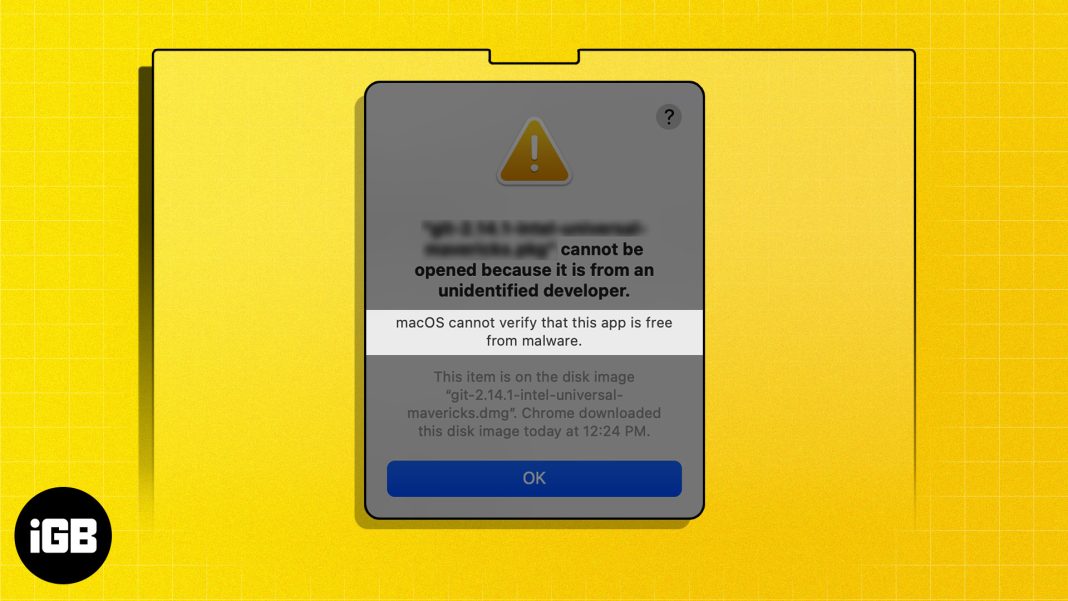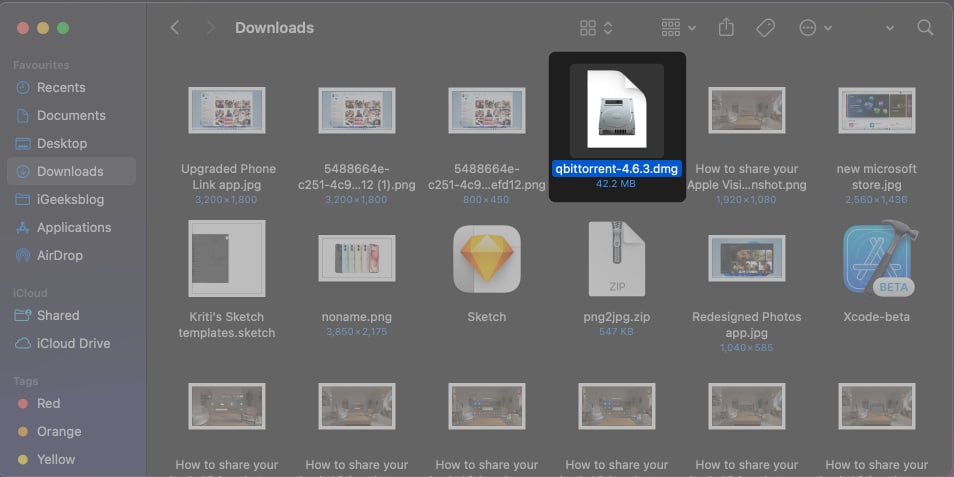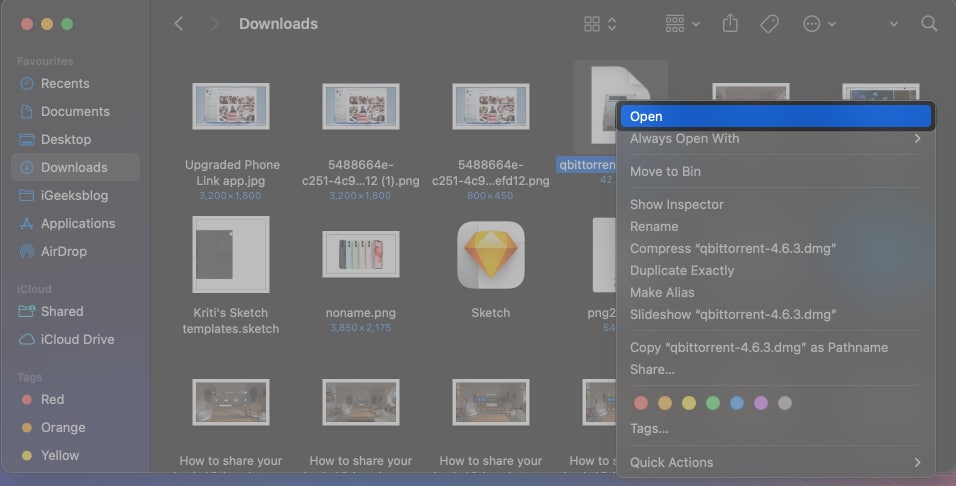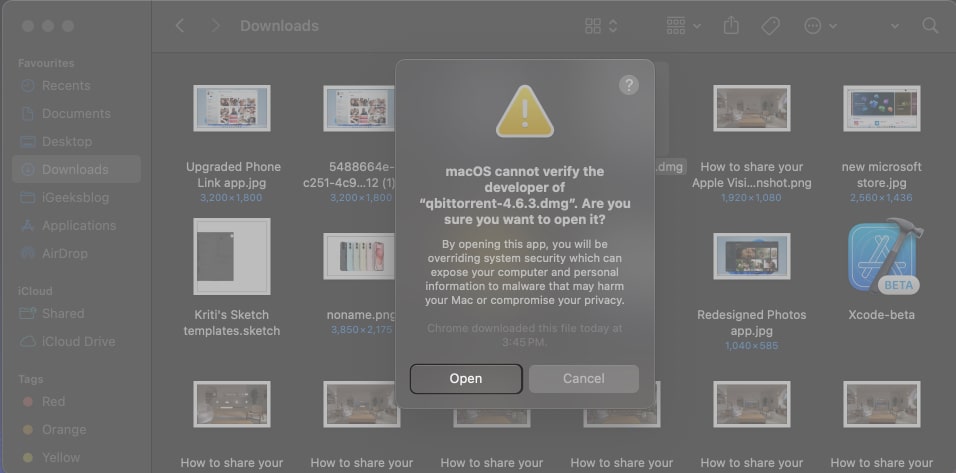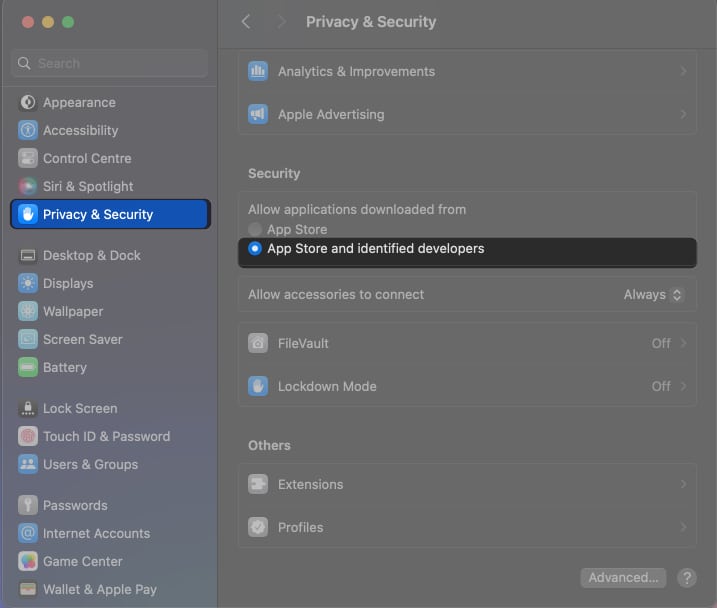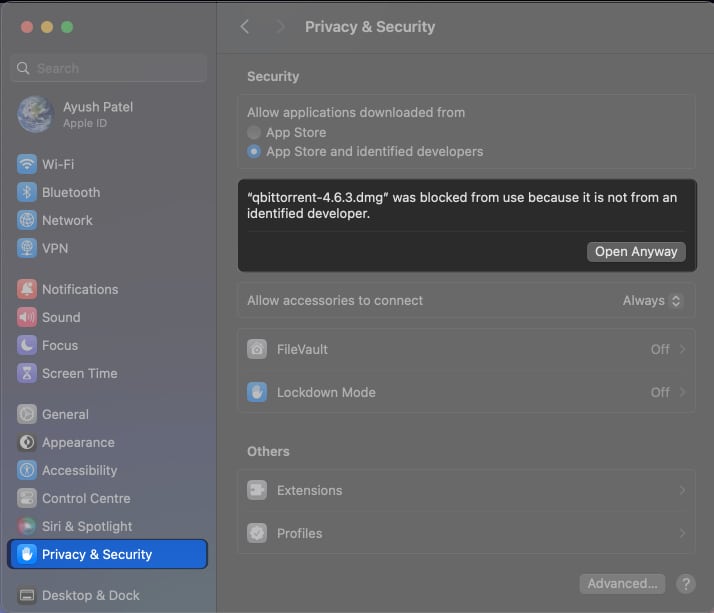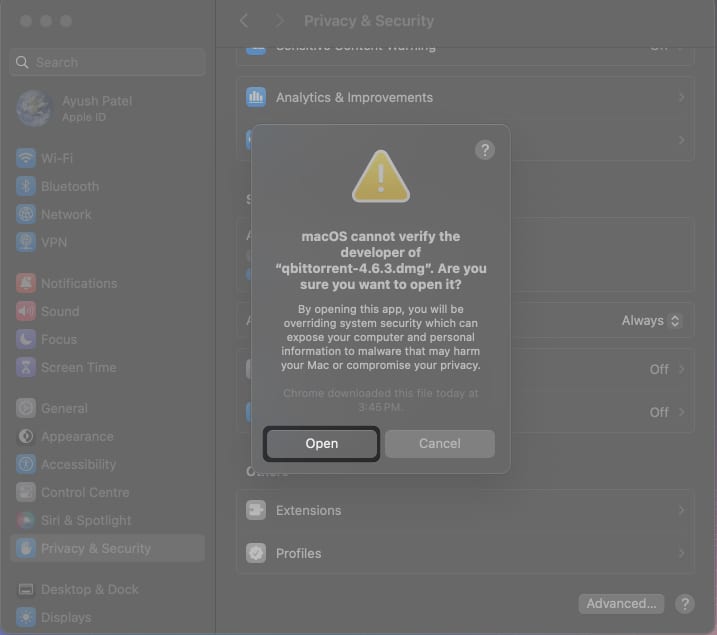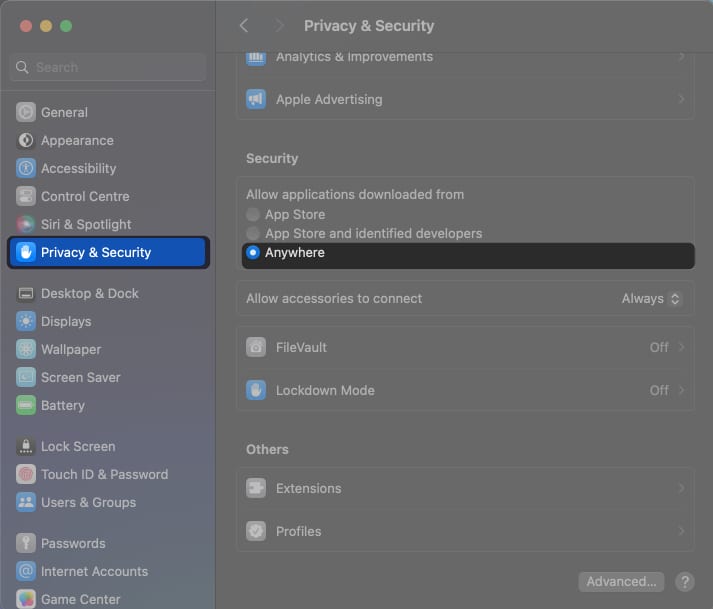Fix Macos Cannot Verify That This App Is Free From Malware Error
If you’re not able to install apps on your Mac due to the “macOS cannot verify that this app is free from malware” error, don’t worry! In this guide, I’ll answer what this error means and if it’s safe to open apps that macOS cannot verify. Moreover, I’ll also offer a list of effective solutions to fix the issue.
What causes the “macOS cannot verify that this app is free from malware” error?
The “macOS cannot verify that this app is free from malware” or “Apple cannot check it for malicious software” error typically occurs when you try to install an unverified app that is not from the Mac App Store or when Apple can’t verify the app’s code for malicious content. Your Mac has a security feature called Gatekeeper, which is designed to protect users from using potentially harmful apps from unverified developers. The Gatekeeper may display this warning to inform you that the app didn’t pass Apple’s security check for malicious content. On the other hand, if the developer is not recognized by Apple, then you might see an error that says, “App cannot be opened because it is from an unidentified developer.” This is an error that questions the legitimacy of the developer itself, and apps from such developers must be dealt more caution. To bring your focus back to the error in question, the “macOS cannot verify that this app is free from malware” error may show up when Gatekeeper detects one of these things:
The app developer is not registered with Apple: Some software developers, especially those who create free or internal-use applications, might not be registered with Apple’s Developer Program. The app hasn’t been reviewed or notarized: Developers must send their apps to Apple before they can be pushed out to the public. Apple scans the apps for Malware and code signs them. The app’s digital signature is corrupted or invalid: This can mostly occur due to download errors, issues with the developer certificate (expired or revoked), or even when installing old apps on newer macOS versions.
Is it safe to open an app that macOS cannot verify?
Thanks to code signing and notarization, Gatekeeper on your Mac does a pretty good job of filtering out unverified apps from unknown developers that might contain malicious code. However, several small-scale developers tend to skip the code signing and notarization process to evade paying $99 for the Apple Developer Program required to get a Developer ID certificate, causing false positives. If you’re getting the “macOS cannot verify that this app is free from malware” error on your Mac, you must weigh your level of risk tolerance and trust in the app’s developer before opening the app. If you recognize and trust the software developer, you can proceed with opening and installing the app. However, if you’re unfamiliar with the developer, exercise caution to prevent potential security issues.
Best ways to fix the “macOS cannot verify that this app is free from malware” error
From basic precautions like downloading apps from trustworthy sources on the internet to advanced methods like disabling Gatekeeper, there are six effective ways to fix the “macOS cannot verify that this app is free from malware” error. Here’s a detailed explanation for each of these methods:
1. Download your apps from legitimate sources
If you’re trying to install an unverified application downloaded from a random website, it’s possible that you’ve run into malicious software or something else that’s pretending to be the official app. One of the best ways you can prevent the “macOS cannot verify that this app is free from malware” error on your Mac is by downloading apps from legitimate sources, like the app’s official and trusted website.
2. Open apps using the Control-click method on Mac
The quickest way you can fix the “macOS cannot verify that this app is free from malware” error on a Mac is by opening the unverified app with the Control-click method. Here’s how this method works:
3. Adjust Gatekeeper Settings on Mac
By default, your Mac cannot install unknown apps downloaded from the internet or outside the App Store. If you want to install apps downloaded from the internet or sources other than the App Store, you would need to adjust the gatekeeper settings by changing the Privacy & Security settings on your Mac. Here’s how you can do this:
4. Redownload and try to Install the app again
When installing corrupted or outdated app packages on your Mac, you can sometimes encounter the “macOS cannot verify this app” error. If you believe that this is the root cause of the issue, you may delete the existing app package and redownload a recent version from the app’s official website.
5. Avoid Gatekeeper using Open Anyway
In most instances, macOS will automatically offer an option that can be used to avoid Gatekeeper when you try to open an unverified app. So, if you are facing the malware error when installing an app on your Mac, you can follow these steps to fix it:
6. Turn off Gatekeeper on your Mac
Turning off Gatekeeper is not at all recommended. It could potentially risk the security of your Mac, and should be used only as a last resort. Disabling Gatekeeper will reveal a new option in Privacy & Security settings that will allow you to install apps from any source on your Mac. Here’s how you can do this: Later, if you wish to turn on Gatekeeper, you can replace disable with enable in the second step. Wrapping up… “macOS cannot verify that this app is free from malware” is a pretty common error that you might encounter when trying to install software from unverified sources or unknown developers. However, if you completely trust the developer, you can bypass this error using the methods listed in this guide. If you have any further questions regarding this error, do let me know in the comments below. I’d be happy to respond. Also read:
How to fix “accountsd wants to use the login keychain” message on Mac How to fix “Erase Assistant is not supported on this Mac” error 10 Ways to fix the ‘Disk Not Ejected Properly’ error on Mac
🗣️ Our site is supported by our readers like you. When you purchase through our links, we earn a small commission. Read Disclaimer.
View all posts
View all posts
Δ


